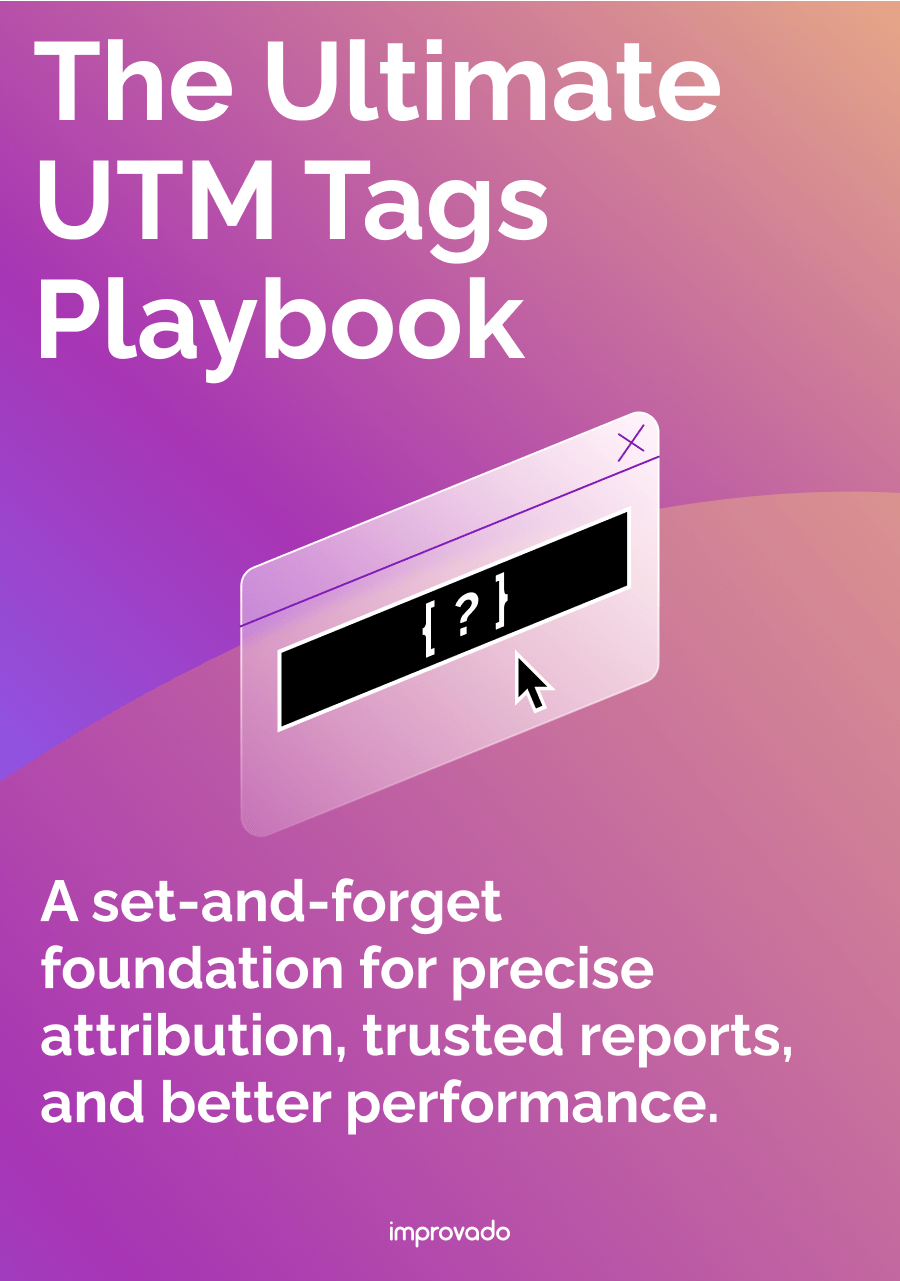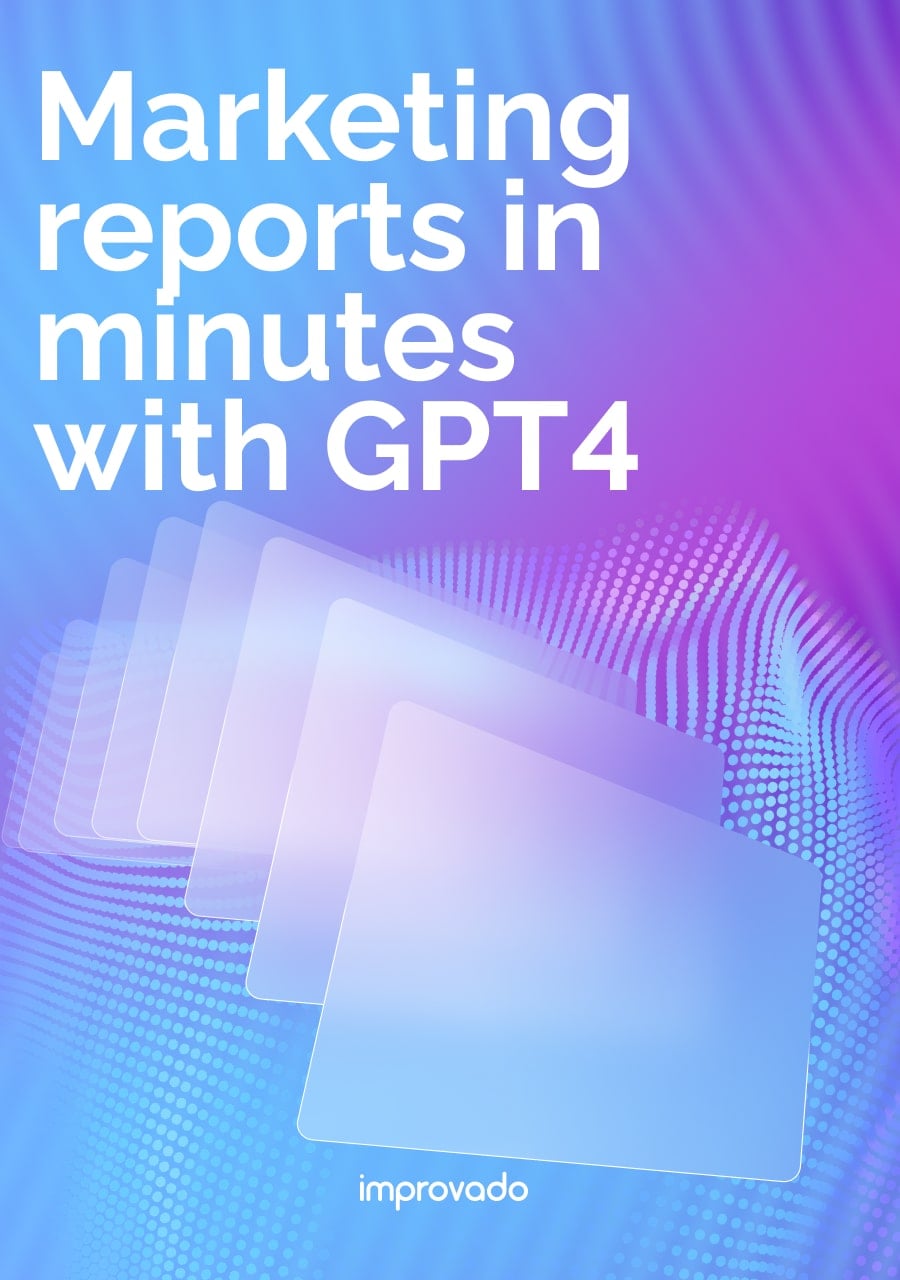Ad inventory is a fundamental concept in the digital advertising world. It represents the total amount of ad space a publisher has available to sell. Effective advertising inventory management is the key to unlocking revenue for publishers. For advertisers, it is the landscape of opportunity to reach target audiences. It also ensures marketers achieve campaign goals efficiently.
This guide covers everything from basic definitions to advanced strategies. We will explore types, pricing models, calculation methods, and the future of this vital digital asset.
Key Takeaways:
- Definition: Ad inventory is the total number of ad impressions or placements a publisher can sell across their digital properties like websites and mobile apps.
- Core types: Inventory is broadly categorized into premium (high-value placements) and remnant (unsold, discounted space), with many specific formats like video, mobile, and native.
- Monetization: Publishers sell inventory through direct deals, programmatic auctions (real-time bidding), and ad networks to maximize revenue.
- Measurement is key: Accurately calculating available inventory involves analyzing page views, ad slots, and historical fill rates to forecast potential revenue.
- Strategic management: Success depends on balancing revenue goals with user experience, using tools like ad servers and SSPs, and adapting to industry trends like CTV and the cookieless future.
What Is Ad Inventory?
At its core, ad inventory refers to the ad space available on a digital property. Think of a magazine with blank pages reserved for advertisements. In the digital world, these "pages" are the websites, mobile apps, and video streams people consume daily. Each space where an ad can appear is part of the publisher's inventory.
This inventory is measured in impressions. An impression occurs each time an ad is displayed to a user. A website with 1 million monthly page views and three ad slots per page has a potential inventory of 3 million monthly impressions. This is the raw material that publishers sell and advertisers buy.
Ad Inventory for Publishers: Maximizing Revenue
For publishers, ad inventory is their primary product. The goal is to sell as much of it as possible at the highest price. This process is called yield optimization.
Publishers use ad servers to manage their inventory. These tools help them control which ads appear, where they appear, and who sees them.
Supply-Side Platforms (SSPs) help publishers connect their inventory to multiple ad exchanges and networks. This increases competition and drives up prices.
Ad Inventory for Advertisers: Reaching Audiences
For advertisers, inventory is the opportunity to connect with potential customers. They use Demand-Side Platforms (DSPs) to buy ad space that matches their target audience criteria. They might target users based on demographics, interests, or past behavior.
The quality of the inventory is vital. An ad on a reputable news site is more valuable than one on a low-quality blog. Advertisers seek brand-safe environments that deliver results.
Key Metrics: Impressions, Fill Rate, and eCPM
Several key metrics govern ad inventory management.
A Deep Dive into Types of Ad Inventory
Ad inventory is not a monolith. It comes in many shapes and sizes, each with its own characteristics and value propositions. Understanding these different types is essential for both buying and selling ad space effectively.
Premium vs. Remnant Inventory
This is the most fundamental classification.
- Premium inventory refers to the best ad placements on a site. This often includes above-the-fold slots, homepage banners, and exclusive sponsorships. These placements are highly visible and command the highest prices. They are typically sold directly to advertisers.
- Remnant inventory is the space left unsold after direct deals. It's often sold at a discount through programmatic channels to ensure no impression goes to waste.
Direct-Sold vs. Programmatic Inventory
Direct-sold inventory involves a direct negotiation between a publisher and an advertiser. The terms, pricing, and placement are all agreed upon upfront. This method is common for premium placements and guarantees delivery.
Programmatic inventory is bought and sold automatically using technology. Real-time bidding (RTB) allows advertisers to bid on individual impressions in milliseconds, enabling precise targeting and scale.
Video Ad Inventory (Pre-roll, Mid-roll, Outstream)
Video is a highly engaging ad format.
- Pre-roll ads play before the main video content.
- Mid-roll ads appear during the content, similar to a TV commercial break.
- Post-roll ads play after the video.
- There is also outstream video, which appears in non-video environments, like between paragraphs of a text article.
Video inventory is priced at a premium due to its high impact.
Mobile App and Web Inventory
With users spending hours on their phones, mobile inventory is a massive market. This includes space on mobile websites and within mobile apps.
Formats include standard banners, interstitials (full-screen ads between transitions), and rewarded video, where users watch an ad in exchange for in-app currency or content.
Mobile inventory allows for powerful targeting based on location and device data.
Social Media Ad Inventory
Platforms like Meta, X, TikTok, and LinkedIn offer vast amounts of inventory. This is often native in nature, appearing directly in a user's feed.
Because these platforms collect rich user data, social media ad inventory allows for incredibly granular targeting. Advertisers can reach users based on their interests, demographics, job titles, and connections.
Native Advertising Inventory
Native ads are designed to match the look and feel of the surrounding content. They don't look like traditional banner ads. Examples include sponsored articles on news sites or promoted listings on e-commerce pages. Because they are less disruptive, native ads often achieve higher engagement rates than standard display ads.
Common Ad Inventory Pricing Models Explained
How ad inventory is priced directly impacts campaign budgets and publisher revenue. Different models are suited for different advertising goals, from building brand awareness to driving direct sales. Understanding these models is fundamental to media buying and ad operations.
CPM (Cost Per Mille)
CPM stands for Cost Per Thousand Impressions. Advertisers pay a flat rate for every 1,000 times their ad is shown.
This is the most common model for brand awareness campaigns. The focus is on visibility and reach, not direct user action. It provides predictable costs for advertisers and stable revenue for publishers.
CPC (Cost Per Click)
With the CPC model, advertisers only pay when a user clicks on their ad. This model is popular for performance-based campaigns where the goal is to drive traffic to a website or landing page.
It directly ties cost to user engagement, making it a lower-risk option for advertisers focused on generating leads or interest.
CPA (Cost Per Acquisition)
CPA takes performance-based pricing a step further. Advertisers pay only when a specific action, or acquisition, is completed.
This could be a sale, a form submission, or a software download. While the cost per action is higher, it guarantees that the ad spend is directly generating conversions, offering a clear ROI.
vCPM (Viewable Cost Per Mille)
A major issue in digital advertising is viewability. An impression is counted even if the ad loads at the bottom of a page and the user never scrolls down to see it.
The vCPM model addresses this. Advertisers only pay for 1,000 impressions that are confirmed to be viewable (e.g., at least 50% of the ad's pixels are on screen for at least one second). This ensures budget is spent on ads that have a chance to be seen.
Flat-Rate and Sponsorships
In a flat-rate model, an advertiser pays a fixed price to have their ad displayed for a specific period of time.
For example, a brand might pay $10,000 to sponsor a website's homepage for a week. This model is simple and guarantees premium placement. It is often used in direct-sold deals for high-value inventory.
The Mechanics of Buying and Selling Ad Inventory
The process of transacting ad inventory has evolved dramatically. What started as simple direct deals has become a complex, automated ecosystem powered by sophisticated technology.
The Waterfall Method (Legacy Approach)
Historically, publishers used a "waterfall" system to sell remnant inventory. They would offer it to ad networks sequentially, from highest paying to lowest. If the first network didn't buy the impression, it was passed to the second, and so on.
This process was inefficient and often left publishers with less-than-optimal revenue because it didn't allow networks to compete simultaneously.
Header Bidding: A Publisher Revolution
Header bidding changed the game. It is a piece of code that publishers place in their website's header. This code allows multiple demand sources (SSPs and ad exchanges) to bid on an impression at the same time, before the ad server is even called.
This simultaneous competition drives up the price for every impression, significantly increasing publisher revenue compared to the waterfall method.
Real-Time Bidding (RTB) in Programmatic Advertising
RTB is the engine behind most programmatic advertising. When a user visits a webpage, an ad request is sent out to an ad exchange.
The exchange hosts an auction in real-time. Advertisers’ DSPs analyze the user data associated with the impression (e.g., location, browsing history) and submit bids. The highest bidder wins, and their ad is served to the user.
This entire process happens in about 100 milliseconds.
Programmatic Direct: PMPs and Programmatic Guaranteed
Programmatic technology isn't just for open auctions. Private Marketplaces (PMPs) are invitation-only auctions where a publisher offers premium inventory to a select group of buyers.
Programmatic Guaranteed deals mimic direct sales. An advertiser commits to buying a fixed number of impressions at a pre-negotiated price, but the transaction is executed automatically through programmatic pipes.
Comparison of Ad Inventory Sales Channels
Publishers have multiple channels to sell their ad inventory. Each channel offers a different balance of revenue control, sales effort, and scalability.
Choosing the right mix of channels is the essence of a strong yield management strategy.
Challenges in Ad Inventory Management (and How to Solve Them)
Managing advertising inventory is complex. Publishers and advertisers face numerous challenges that can impact revenue, efficiency, and campaign performance.
The key to success is identifying these challenges and implementing robust solutions, often powered by data and technology.
Ad Fraud and Invalid Traffic (IVT)
Bots, not humans, can generate a significant portion of ad impressions. This invalid traffic wastes advertiser budgets and devalues a publisher's inventory.
Solution: Implement third-party ad verification tools. Use ads.txt and sellers.json files to increase transparency and ensure you are working with authorized sellers. Monitor traffic patterns for suspicious activity.
Data Fragmentation Across Platforms
Publishers manage ad servers, SSPs, and analytics tools. Advertisers juggle DSPs, ad platforms, CRM systems, and attribution models. Each platform holds only part of the story. The result is fragmented performance data that makes it difficult to optimize campaigns, compare channels, or understand the true contribution of each impression.
Solution: For advertisers, fragmentation is one of the largest barriers to effective ad management and accurate performance reporting.
Improvado resolves this by unifying all media, conversion, and revenue data into one governed environment. By automating the integration process, it eliminates manual reconciliation and provides a single source of truth for campaign performance across every channel.
The platform provides:
- 500+ marketing and advertising connectors spanning DSPs, social platforms, search, retail media, analytics tools, and CRM systems
- Automated extraction and normalization to standardize metrics like impressions, spend, CPV, CPA, ROAS, and attribution events across platforms
- Cross-channel performance modeling to track reach, frequency, pacing, and ROI in one unified dataset
- Granular data ingestion down to campaign, ad group, creative, audience, keyword, placement, or site/app level
- Warehouse-native architecture, enabling advertisers to store all ad and conversion signals in BigQuery, Snowflake, Redshift, or Databricks
- AI Agent for ad-hoc analysis, allowing teams to query performance, diagnose issues, and generate insights using natural language
- Real-time campaign governance, including metric pacing, naming validation, and anomaly detection for real-time quality assurance
- BI enablement, powering dashboards in Looker, Power BI, and other tools with fully modeled advertising datasets
By removing data silos, Improvado gives advertisers accurate, real-time visibility into performance across all ad channels.
Keeping up with a Changing Industry
The digital advertising world is in constant flux. The demise of the third-party cookie, new privacy regulations like GDPR, and the rise of new formats like CTV inventory create ongoing challenges.
Solution: Continuous education is key. Partner with technology providers who are at the forefront of these changes. Diversify your strategies to include contextual targeting and first-party data activation to prepare for a cookieless future.
Optimizing Ad Inventory for Advertisers
For advertisers, the goal is not just to buy inventory but to buy the right inventory at the right price to achieve specific outcomes. This requires a strategic approach to targeting, creative, and supply path management.
Targeting Strategies: Contextual, Behavioral, and Geotargeting
Effective media execution depends on targeting methods that align with user intent and campaign objectives:
- Behavioral Targeting: Activates audiences based on past actions, site visits, purchase history, and engagement patterns, making it ideal for mid- and lower-funnel performance.
- Contextual Targeting: Matches ads to relevant page content, providing a privacy-safe, high-intent alternative as third-party signals decline.
- Geotargeting: Uses real-world location data to deliver ads where proximity matters, especially for retailers, restaurants, and service providers.
These targeting layers can be combined to maximize relevance and reduce wasted impressions.
Leveraging Local Inventory Ads for Brick-and-Mortar Success
Local Inventory Ads bridge digital intent with physical store outcomes. By surfacing real-time product availability, store hours, and directions, LIAs convert online searches into in-store purchases.
In a landscape where local search continues to rise, LIAs are one of the most efficient levers for increasing foot traffic and capturing last-mile demand.
Analyzing Google Inventory Ads Examples for Best Practices
Studying top-performing LIA executions reveals consistent patterns:
- High-resolution product imagery
- Accurate, competitive pricing
- Strong calls-to-action (e.g., “In stock nearby”)
- Rich extensions — store pickup options, promotions, or shipping details
These components increase click-through, build trust, and improve conversion probability. Reverse-engineering these examples offers a clear roadmap for building more effective retail ad units.
Supply Path Optimization (SPO)
Studying top-performing LIA executions reveals consistent patterns:
- High-resolution product imagery
- Accurate, competitive pricing
- Strong calls-to-action (e.g., “In stock nearby”)
- Rich extensions—store pickup options, promotions, or shipping details
These components increase click-through, build trust, and improve conversion probability. Reverse-engineering these examples offers a clear roadmap for building more effective retail ad units.
Conclusion
For advertisers, ad inventory is a performance lever. The real advantage comes from understanding which impressions drive outcomes, which supply paths deliver value, and which environments reliably influence consumer behavior.
The more fragmented the landscape becomes, the more essential it is to ground every buying decision in unified, reliable, and timely data.
Improvado provides the data foundation required to do this well. It centralizes spend, performance, and path-level data from DSPs, analytics tools, and downstream revenue systems; harmonizes naming conventions and taxonomies; and powers both BI dashboards and AI-driven analysis.
With this infrastructure, advertisers gain a single, trustworthy view of which inventory sources deliver incremental results, how costs evolve across partners, and where optimization opportunities exist.
If you want to make sharper buying decisions and maximize the value of every impression, explore how Improvado can support your ad inventory strategy — book a demo.
.png)




.png)
